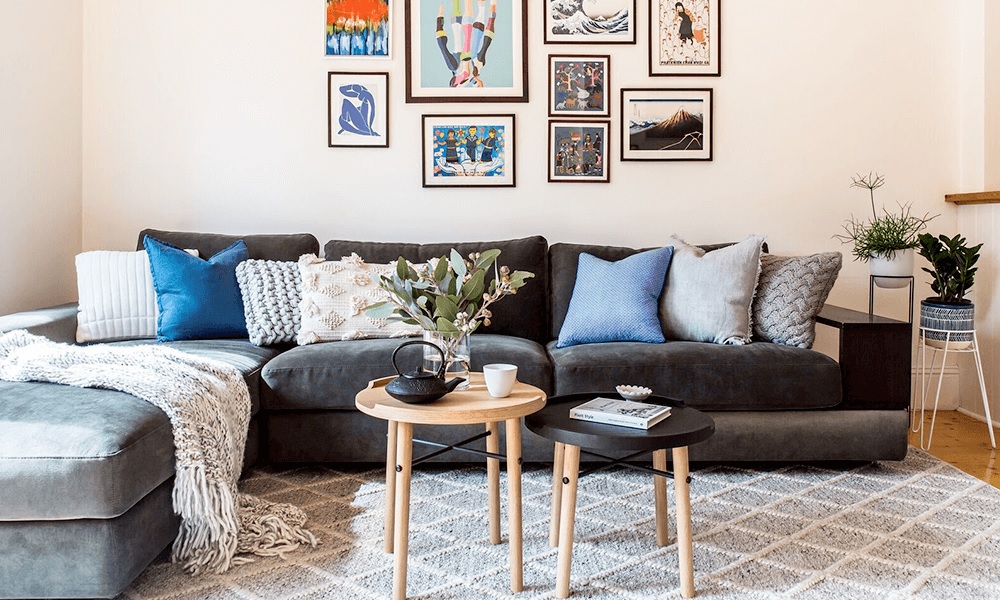Minimalism is a design trend that has gained traction in recent years, particularly in the area of home living. This design style is characterized by its focus on simplicity and functionality, as well as a deliberate avoidance of excess or clutter. Minimalism has become increasingly popular as people seek to simplify their lives and create a more peaceful and organized living space.
The Origins of Minimalism
The concept of minimalism originated in the 1960s as a reaction to the excesses of consumer culture. Artists and designers began to create works that were stripped down to their essential elements, rejecting the ornate and decorative styles of the past. This movement was influenced by Zen Buddhism and its emphasis on simplicity and mindfulness.
The Tenets of Minimalist Design
Minimalist design is based on a few key principles, including:
- Simplicity: Minimalist design is characterized by clean lines, simple shapes, and a limited color palette.
- Functionality: Every element of a minimalist design should have a clear purpose and serve a functional role in the space.
- Open space: Minimalist design emphasizes the use of open space, with a deliberate avoidance of clutter or excess decoration.
- Light: Minimalist spaces are often bright and airy, with natural light playing a prominent role in the design.
Minimalism in Home Living
Minimalism has become increasingly popular in home living, with many people seeking to simplify their living spaces and create a sense of calm and order. This design style can be applied to all areas of the home, from the living room to the bedroom to the kitchen.
In the living room, a minimalist design might include a simple sofa, a few well-chosen pieces of art, and a limited selection of decorative items. The focus is on creating a sense of open space and calm, rather than filling the room with furniture and knick-knacks.
In the bedroom, a minimalist design might include a platform bed with clean lines, a few well-chosen bedside tables, and a limited selection of decorative pillows and throws. The focus is on creating a peaceful and restful environment, free from distractions.
In the kitchen, a minimalist design might include sleek, modern cabinets with hidden storage, a simple dining table and chairs, and a limited selection of cookware and utensils. The focus is on creating a functional and efficient space for meal preparation and dining.
The Benefits of Minimalism
There are many benefits to adopting a minimalist lifestyle in your home. These include:
- Less stress: A minimalist home is free from clutter and excess, which can help reduce stress and promote a sense of calm.
- More time: When you have fewer possessions to maintain and organize, you have more time to spend on the things that matter most to you.
- Better focus: A minimalist home eliminates distractions and creates a space where you can focus on your work or creative pursuits.
- Lower environmental impact: By consuming less and wasting less, a minimalist lifestyle can have a positive impact on the environment.
Minimalism has become a popular design trend in modern home living, with many people seeking to simplify their lives and create a sense of calm and order in their living spaces. By focusing on simplicity, functionality, and open space, minimalist design can create a peaceful and efficient living environment. Adopting a minimalist lifestyle can have many benefits, from reducing stress to improving focus to having a positive impact on the environment.

